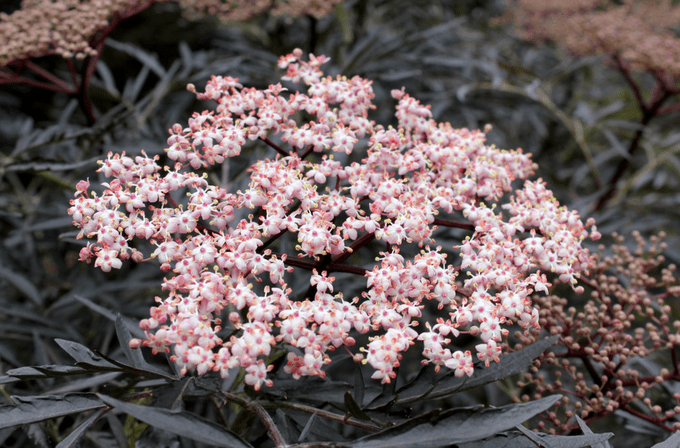6 Perennial Plants With Year-Round Bird Benefits
Updated: Dec. 17, 2021
By offering food and shelter for birds, these perennial plants, from flowers to large trees, shine at different times of the year.
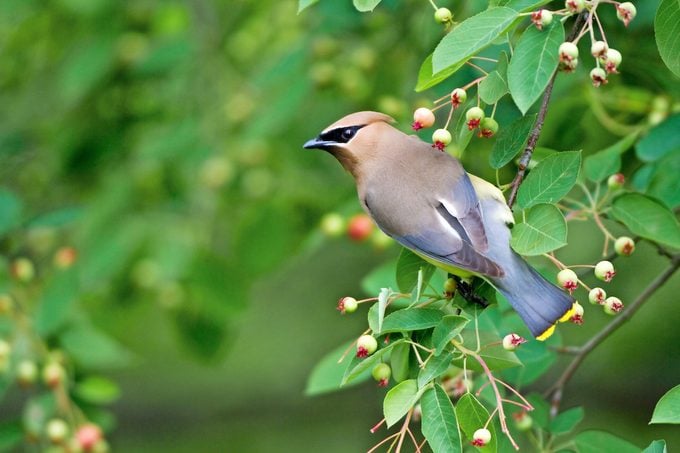
Serviceberry
Amelanchier spp., Zones 2 to 9
This native perennial plant is one of the earliest sources of summer fruit for birds, and it hosts caterpillars. It’s white spring flowers are followed by small berries that turn red to purple as they ripen in summer.
Growing needs: Serviceberry grows 10 to 25 feet tall when in full sun and the lightly moist or damp soil it prefers. It tolerates some shade.
Check out the top 10 berry trees and shrubs birds love.
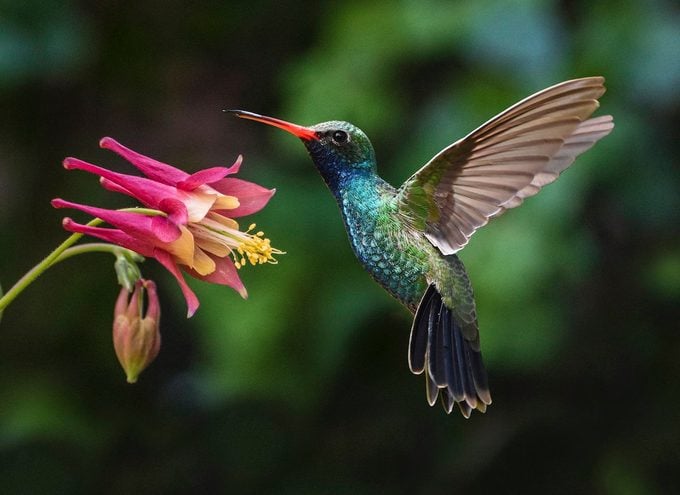
Columbine
Aquilegia vulgaris, Zones 3 to 8
Hummingbirds love the bright spring flowers of this perennial plant which show up around the same time as daffodils and tulips (see more early-blooming spring flowers). The bell-shaped blossoms are backed by spurs that contain nectar that hummingbirds need.
Growing needs: Columbines prefer partial shade and thrive in woodland wildflower gardens. For another burst of green, cut the plant back to encourage new foliage.
Next, check out tube-shaped flowers that attract hummingbirds.
Elderberry
Sambucus nigra canadensis, Zones 3 to 9
The flowers on this shrub provide nectar and are followed by tasty berries appearing in late summer. Give this shrub plenty of room to spread and grow, then watch as butterflies and bees gather on flowers and birds flock to the ripe fruit. Elderberry suckers form large and lush thickets, which are perfect hiding spots for songbirds.
Growing needs: Although it prefers full sun and moist soil, it tolerates drier conditions once it’s established.
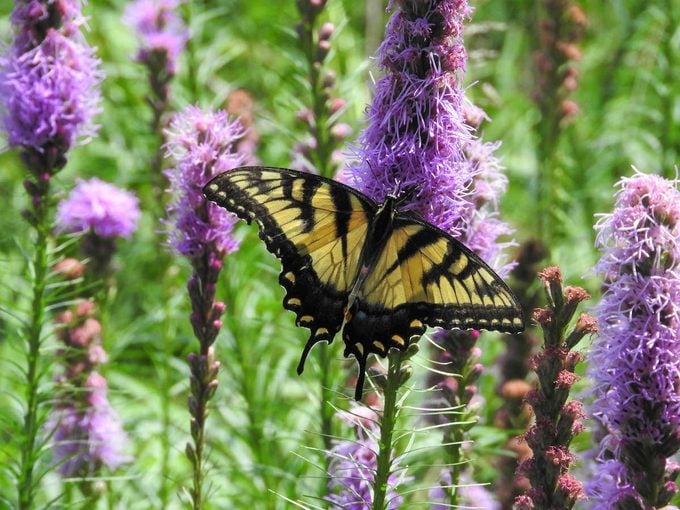
Blazing Star
Liatris spp., Zones 3 to 9
The purple flower spikes attract hummingbirds and then turn to seed in fall. The nectar of this spiky plant is a butterfly favorite, especially when it comes to the silver-spotted skipper. Once the flowers fade, birds favor the seeds. Blazing star reaches up to 6 feet tall, but some types, like Kolbold, are much shorter, measuring roughly 18 inches.
Growing needs: Blazing star can be planted in poor soil, but needs plenty of sun. Many species are native to the eastern U.S. Read more about how these blazing star attracts butterflies.
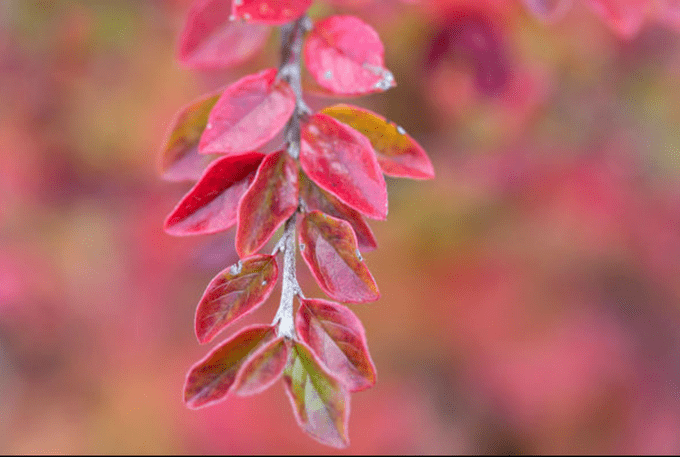
Autumn Inferno Cotoneaster
Cotoneaster ‘Bronfire’, Zones 5 to 7
Look no further for a fiery fall accent. Autumn Inferno is a shrub that offers fiery red fall foliage for you and small red berries that birds can’t get enough of. They attract berry-eating birds like robins, bluebirds and cedar waxwings.
Growing needs: It grows about 5 feet tall and is a great privacy hedge. Grow it in full sun to part shade.
Discover the best fall shrubs to grow in your yard.
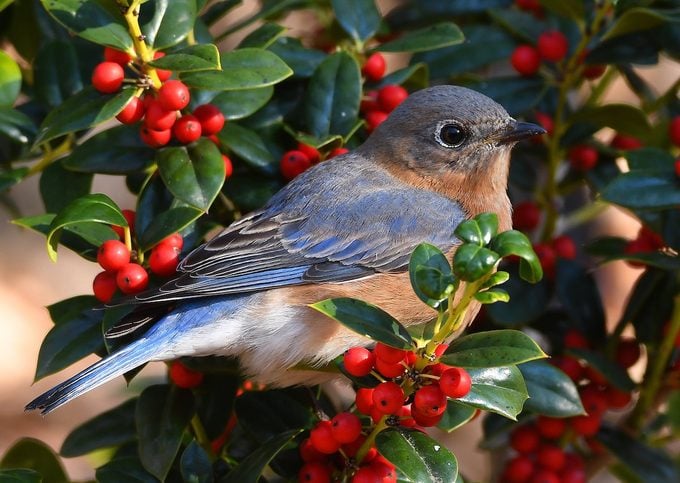
Holly
Ilex spp., Zones 5 to 9
Its long-lasting berries are an important winter food source. Among the many bird-attracting species are the American holly tree (I. opaca), Zones 5 to 9, and the winterberry shrub (I. verticillata), Zones 3 to 9. Many also have attractive foliage, especially the variegated cultivars.
Growing needs: American holly can be planted in full sun to part shade, is low maintenance, and tolerates clay soil.
Check out simple tips to attract winter birds.





















